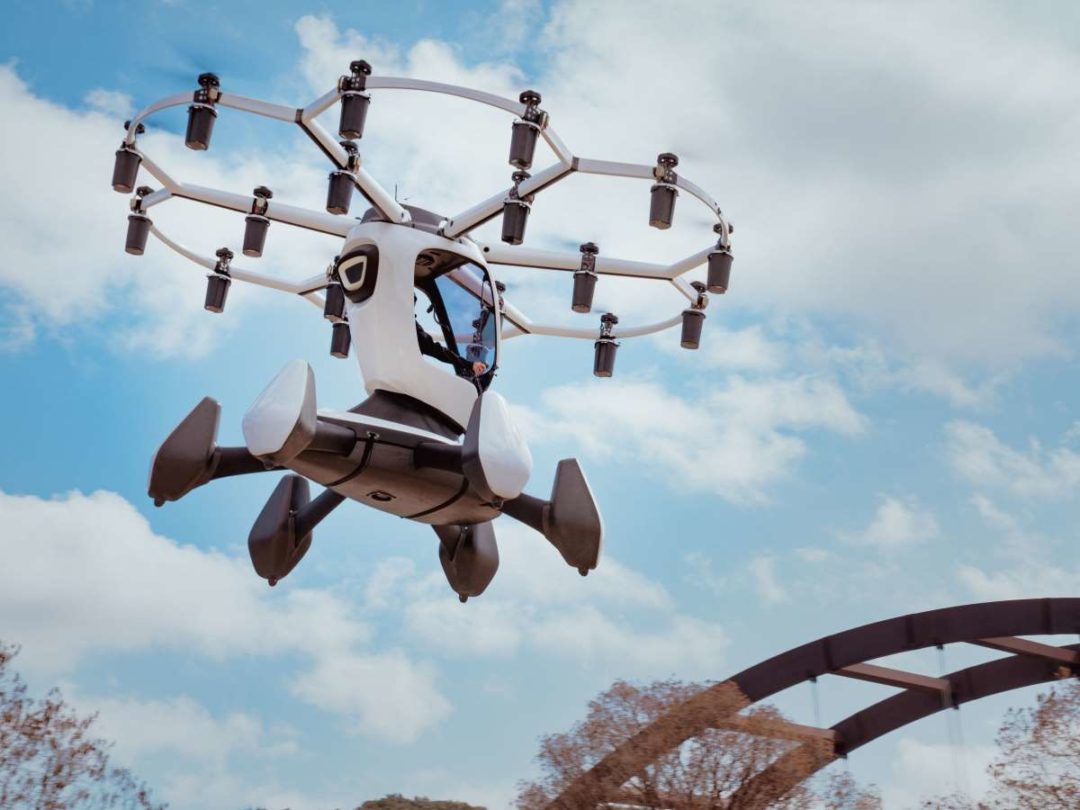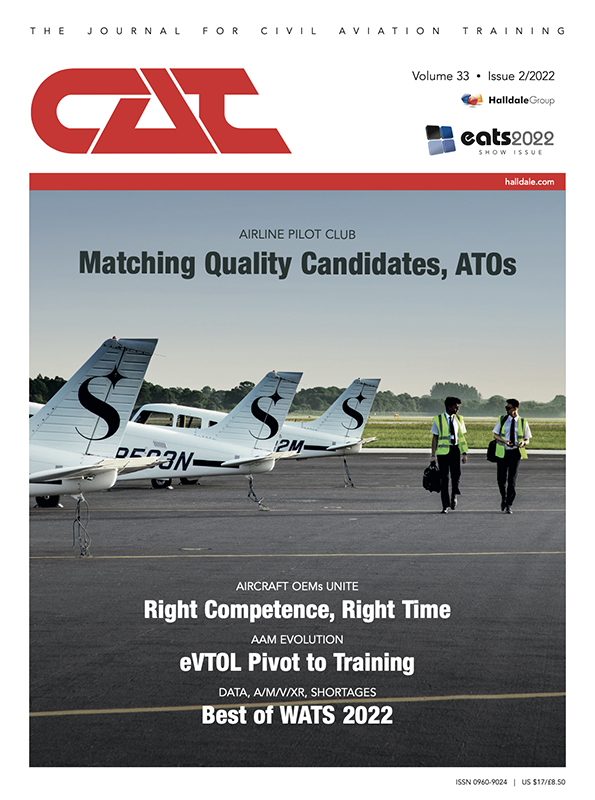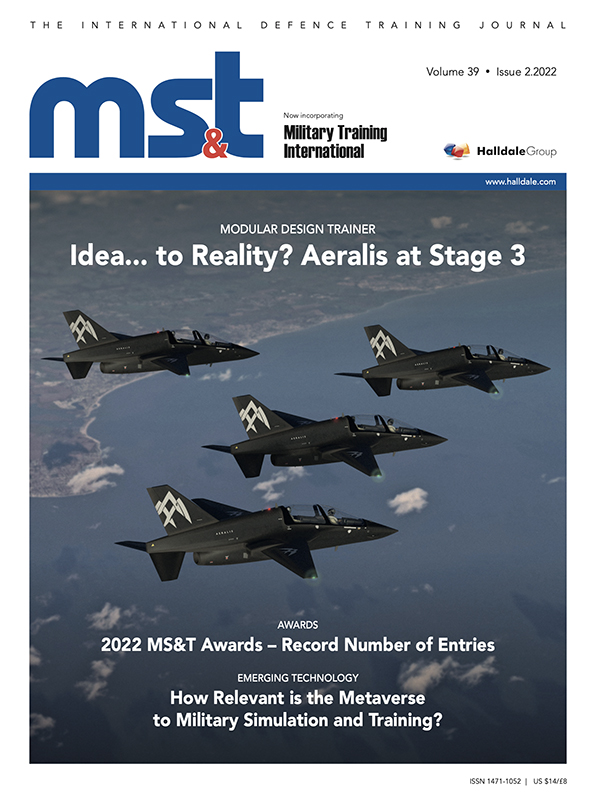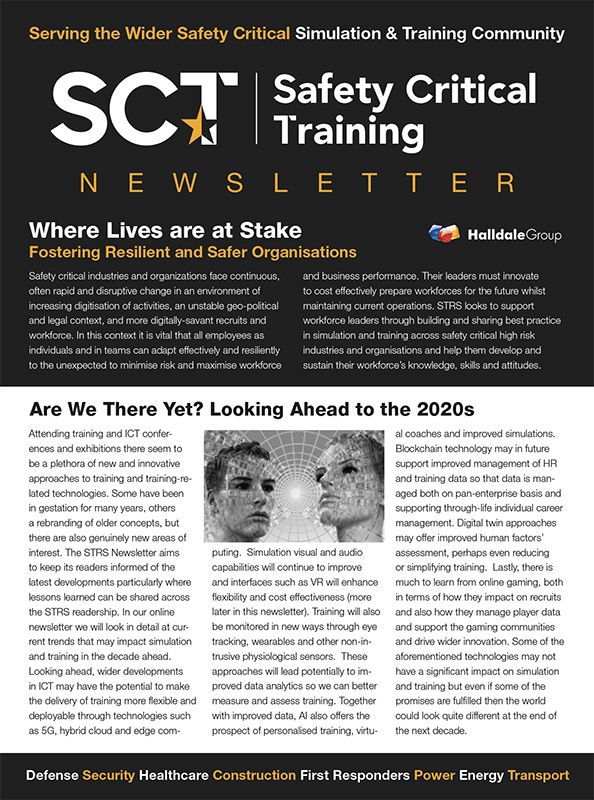Halldale Group Editor Marty Kauchak spoke with Kevin Rustagi, Director of Business Development, LIFT Aircraft Company.
MS&T: LIFT was recently awarded a Phase 3 contract through the United States Air Force’s Agility Prime Program to continue experimentation and flight test efforts around HEXA, LIFT’s all-electric, single-seat eVTOL aircraft. Highlight some of your key activities in this contract.
Kevin Rustagi (KR): We’re going to be extending what we’ve established as a solid, safe envelope. We have established our “beginner flight envelope.” We’re launching commercial operations with that – and that’s without the ballistic parachute active, about 40ft [12m] above ground level. We’ll be extending that in Phase 3 along with the 96th Test Group at Eglin Air Force Base, Florida.
MS&T: Does LIFT have other tests, demonstrations or other activities planned with HEXA, beyond this Air Force contract, with other military services?
KR: We’re actively exploring opportunities to work with first responders and a variety of other government entities to leverage the work under this SBIR Phase 3 contract. This is a wonderful, open contract that was designed to allow them to focus on and adopt this technology. The focus of this contract is on some pretty exciting developments with the airframe and platform itself. We also have additional demonstrations planned at Eglin.
MS&T: Differentiate your activities to date with the HEXA platform for the Air Force customer and that planned for the commercial market.
KR: They go hand-in-hand. One of the biggest things with the Air Force that we are beginning to look at is beyond visual line-of-sight applications. We’ve delivered the first cargo version to the Air Force. A key thing is our aircraft is a modular platform – it can be a manned aircraft or crewed aircraft. You can attach different modules – we think that will be very compelling for first responders. The Air Force is on the edge of this technology – they are helping us to expand the envelope. They have done a great job in supporting eVTOL adoption, being the primary hub in the US and, really, the world. We’re also starting to think about what flight over congested areas will look like for first responders. And back on the commercial side, while we’re starting beginner flights this year, we do foresee allowing operators to fly higher, faster and farther – the Air Force is helping us with that, too.
MS&T: The status of training operators and maintainers of LIFT eVTOL vehicles?
KR: Training is super important – this is related to safety. When it comes to training on the commercial side, you’ll see we provide pilots with about one hour of training, and this is key, for introducing beginner flights. For DoD operators and first responders, we’re providing more instruction to be able to potentially fly over congested areas and into a battle zone. There will be advanced training that we’re working on with Air Force AETC (Air Education and Training Command). On the maintenance side, we’re consistently improving our maintenance program. There will be training for maintainers, which we already have, and government and customers as well. We see that going hand-in-hand. This is a long-term effort. The goal is to provide that support and, over time, other entities will be able to maintain their fleets with our support.
MS&T: Is LIFT using virtual reality and other technologies in its training programs?
KR: Yes, absolutely. We have built a VR-enabled flight simulator that is a replica of our cockpit. We’ve been testing and using it with potential future pilots. We’ve put several hundred individuals through the simulator. It’s quite simple – using an Oculus headset inside the cockpit. From those who have flown HEXA, myself included, we believe this simulator is quite real. You have an actual aircraft joystick and the cockpit is an exact replica, except it is fiberglass and not carbon fiber. In the future we envision incorporating other technologies like augmented reality during the actual flight itself.
MS&T: Beyond Oculus, are there any other S&T industry suppliers or partners for HEXA training?
KR: We’ve spoke with some interesting DoD and aerospace industry suppliers. An outside contractor built our simulator. This is a great platform because you can load Google Earth and the “real world” into those maps and fly them, using a video game engine at the back end. And this is also important – you are flying the exact mission you fly during training, except you are on the ground in the simulator.
MS&T: Given LIFT’s fast-paced activities and customer interaction, is consideration being given to a HEXA “schoolhouse,” to allow greater student throughput?
KR: Yes, we’ve thought about this especially for DoD and first responders, giving them a broader training program. That would most likely last several weeks, where we would take students through it. It’s also important to remember we are basically building a very large drone for people to fly. It’s a different configuration. We’ve taken the portions of flight that are most tricky, most prone to human error or being subject to other forces – wind, for example. We’ve taken these challenges and automated them for takeoff, landing and other parts of the flight mission. We can also do a more manual mode. But at the end of the day, you are telling the flight computer: I want to go forward; I want to take off, etc.
MS&T: What will our readers learn about LIFT’s evolving HEXA program through the end of 2022?
KR: We’re constantly expanding our flight envelope – ironing it out and feeling very confident with the initial flight envelope we are in. And then expanding it – to faster, higher, farther. We’re going to see some “serious envelope expansion” and our commercial launch.






